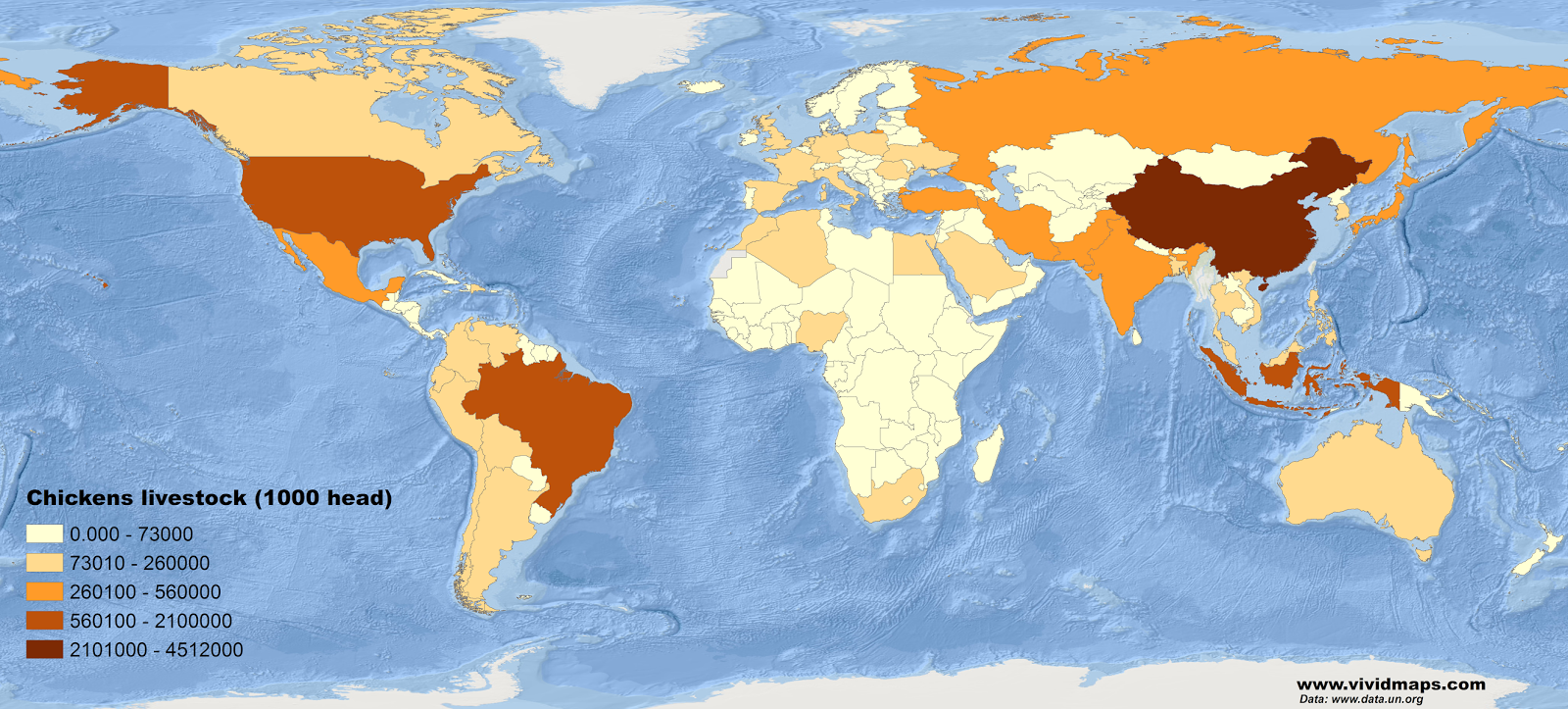The 1919 House Vote for Women’s Suffrage: A Landmark in U.S. History
The year 1919 marked a pivotal moment in the history of the United States. After decades of activism, perseverance, and relentless campaigning by suffragists, the House of Representatives passed the Women’s Suffrage Resolution. This historic vote paved the way for the 19th Amendment, which granted women the right to vote. This map of the United States of the 1919 House vote provides a fascinating glimpse into the political landscape of the time, highlighting the states’ varying stances on this critical issue.

Table of Contents
The Road to Suffrage
The struggle for women’s suffrage in the United States began in earnest in the mid-19th century. Early advocates like Susan B. Anthony, Elizabeth Cady Stanton, and Lucretia Mott laid the groundwork for what would become a massive, nationwide movement. Key milestones in the journey included the Seneca Falls Convention of 1848, where the Declaration of Sentiments was signed, and the formation of organizations such as the National American Woman Suffrage Association (NAWSA) and the more radical National Woman’s Party (NWP).
The 1919 House Vote: Analyzing the Map
The map of the Women’s Suffrage Resolution House vote in 1919 reveals the complex political dynamics at play. The resolution, officially known as the Susan B. Anthony Amendment, required a two-thirds majority in both houses of Congress before it could be sent to the states for ratification. Here are some key insights from the map:
- Regional Differences: The map shows clear regional differences in support for the resolution. Northern and Western states, where women’s suffrage had already gained significant ground, tended to vote overwhelmingly in favor. In contrast, Southern states were more resistant, reflecting broader regional attitudes towards progressive reforms.
- Political Parties: The vote also highlighted divisions within political parties. While the Republican Party generally supported the resolution, there were notable exceptions. Similarly, although the Democratic Party was less uniformly in favor, several Democratic representatives broke ranks to support the amendment.
Key Figures and Moments
Several key figures played instrumental roles in securing the passage of the Women’s Suffrage Resolution:
- Jeannette Rankin: As the first woman elected to Congress, Rankin was a staunch advocate for women’s rights and played a crucial role in rallying support for the resolution.
- Carrie Chapman Catt: The president of NAWSA, Catt’s “Winning Plan” strategy effectively coordinated state and federal efforts, garnering crucial support in Congress.
- Alice Paul: Leader of the NWP, Paul’s more militant tactics, including protests and hunger strikes, kept public attention focused on the suffrage cause.
The Aftermath and Ratification
Following the successful House vote, the resolution moved to the Senate, where it passed on June 4, 1919. The battle then shifted to the states for ratification. By August 1920, Tennessee became the 36th state to ratify the amendment, ensuring its adoption into the Constitution.
The passage of the 19th Amendment was a monumental achievement, but it was only the beginning. The amendment enfranchised millions of women, yet many women of color continued to face significant barriers to voting. It would take several more decades of struggle before the Voting Rights Act of 1965 addressed some of these inequities.
Interested in learning more about Women’s Suffrage? Check out these books:








